Features of ultra-fine grinding equipment
After the material becomes finer, many new properties will appear. Pigments, medicines, catalysts, fine ceramics, abrasives, magnetic materials, solid lubricants, metal powders and many other aspects require ultra-fine powders. Ultra-fine powder requires extremely fine particle size, uniform particle size distribution, and high product purity, so it is very important to select appropriate ultra-fine grinding equipment.
Jet mill
Grinding principle: impact, collision Feeding size: <2mm Product size d97/μm: 3~45
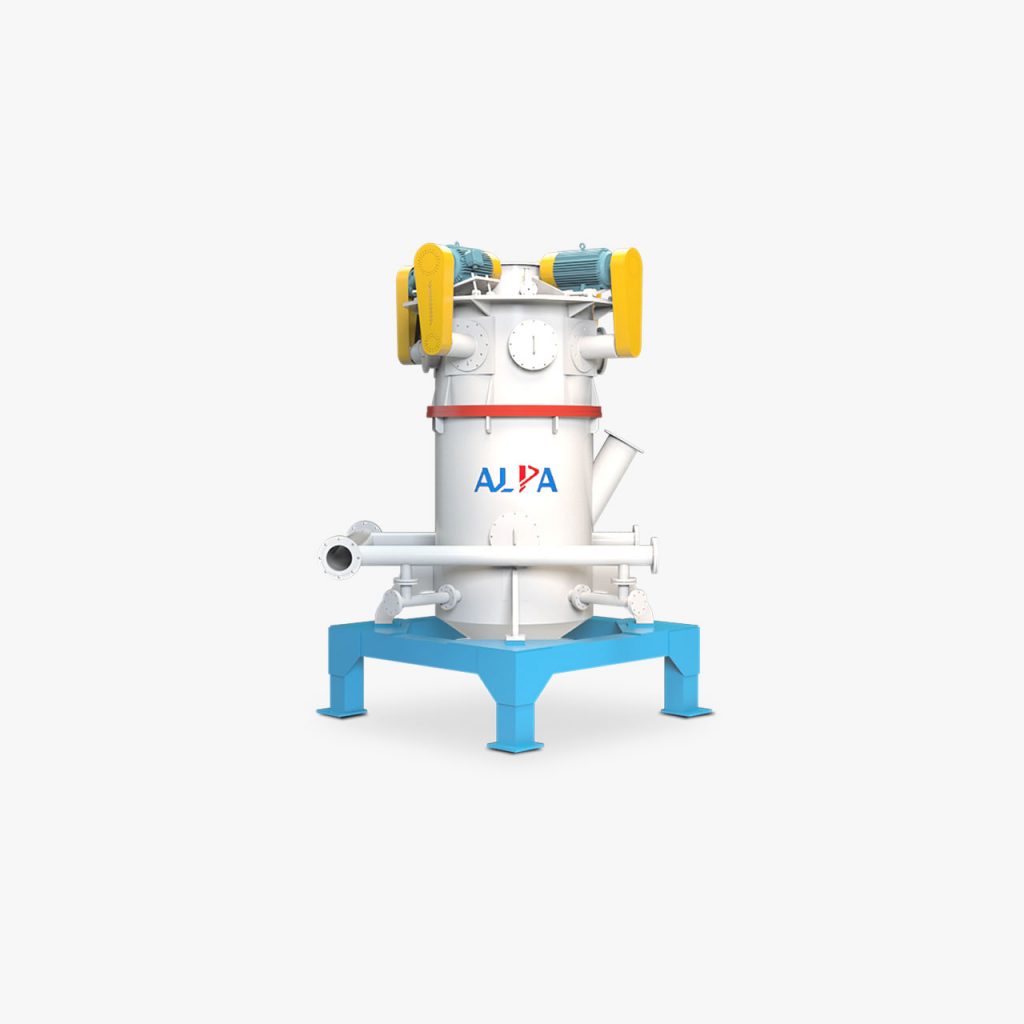
Advantage:
- The production process is continuous, the production capacity is large, and the degree of automation is high;
- The products processed by it have small particle size and narrow particle size distribution;
- High purity, especially suitable for crushing medicines and other materials that are not allowed to be contaminated;
- The particles have high activity and good dispersibility.
Shortcoming:
There is a blind zone inside, which will cause the phenomenon of failure to crush; there are certain requirements for the upper limit of the feed size, and it is difficult to crush the dense, fibrous, and flake materials.
Vibration mill
Grinding principle: friction, collision, shearing Feeding size: <5mm Product size d97/um: 3~74
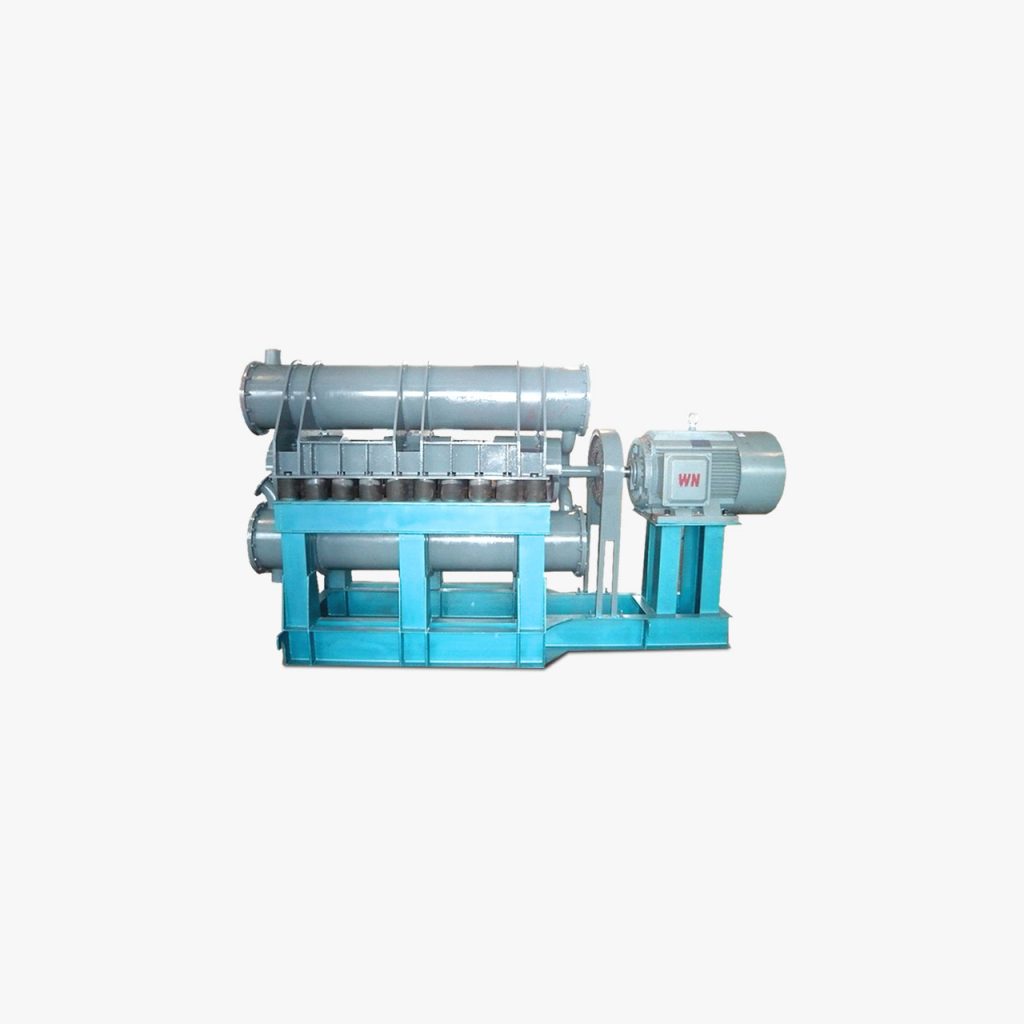
Advantage: Compact structure, small size, light weight, low energy consumption, high output, concentrated grinding particle size, simplified process, simple operation, convenient maintenance, and easy replacement of lining media
Shortcoming: Distorted, weak strength; bearing is severely worn and easily damaged.
Stirring mill
Grinding principle: friction, collision, shearing Feeding size: <1mm Product size d97/μm: 2~45
Advantage: Small footprint, uniform particle size distribution, ultra-fine product, low noise, high efficiency, energy saving, low pollution, and simple operation.
Shortcoming: Due to the uneven energy input density and the secondary agglomeration of the powder, it is still basically grinding micron powder; due to the high-speed operation of the agitator, it is inevitable to produce wear and heat transfer problems, so this type of equipment is not suitable for grinding high Hard materials and heat-sensitive materials.
Colloid mill
Grinding principle: friction, shearing Feeding size: <0.2mm Product size d97/μm: ≤20
Advantage:
- Simple structure, convenient equipment maintenance;
- It is suitable for materials with higher viscosity and larger particles.
Shortcoming: The material flow rate is not constant. For materials with different viscosities, the flow rate varies greatly; due to the high-speed friction between the rotor stator and the material, it is easy to generate greater heat and denature the processed material; the surface is easier to wear, and after wear, The refinement effect will be significantly reduced.
High-speed mechanical impact mill
Grinding principle: impact, impact, shear Feeding size: <10mm Product size d97/μm: 8~45
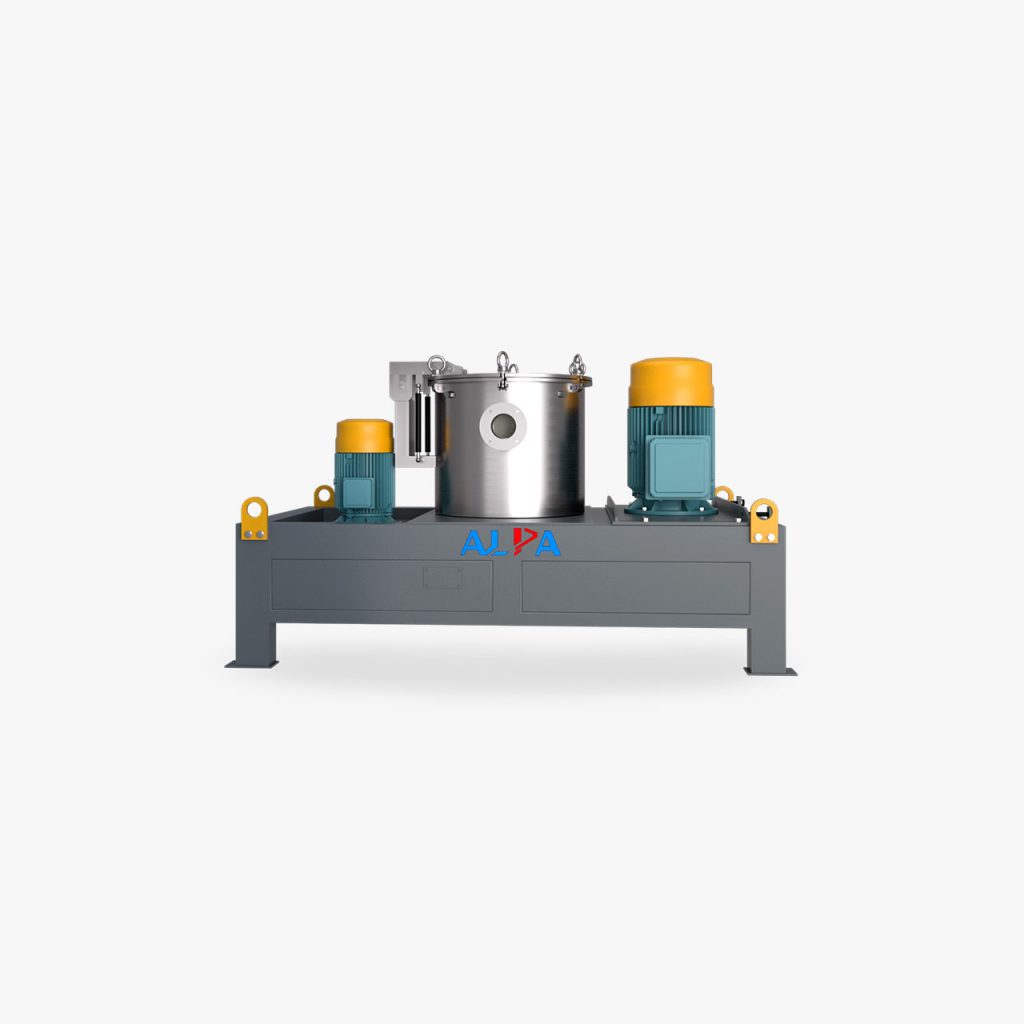
Advantage:
- Simple structure and easy operation;
- Small footprint and high grinding efficiency;
- Low equipment operating costs;
- It is more suitable for the deep processing of medium and low value-added non-metallic mineral products with medium hardness below 1000 mesh.
Shortcoming: Because the high-speed operation of the machine will cause wear problems, it is not suitable for crushing materials with high hardness; tough materials have a strong absorption capacity for impact energy and are not easy to break, so materials with too high toughness should not be crushed by this type of mill; in addition, There is a problem of heat generation, and appropriate measures must be taken to crush heat-sensitive substances.
High pressure roller mill
Grinding principle: extrusion, friction Feeding size: <30mm Product size d97/μm: 10~45
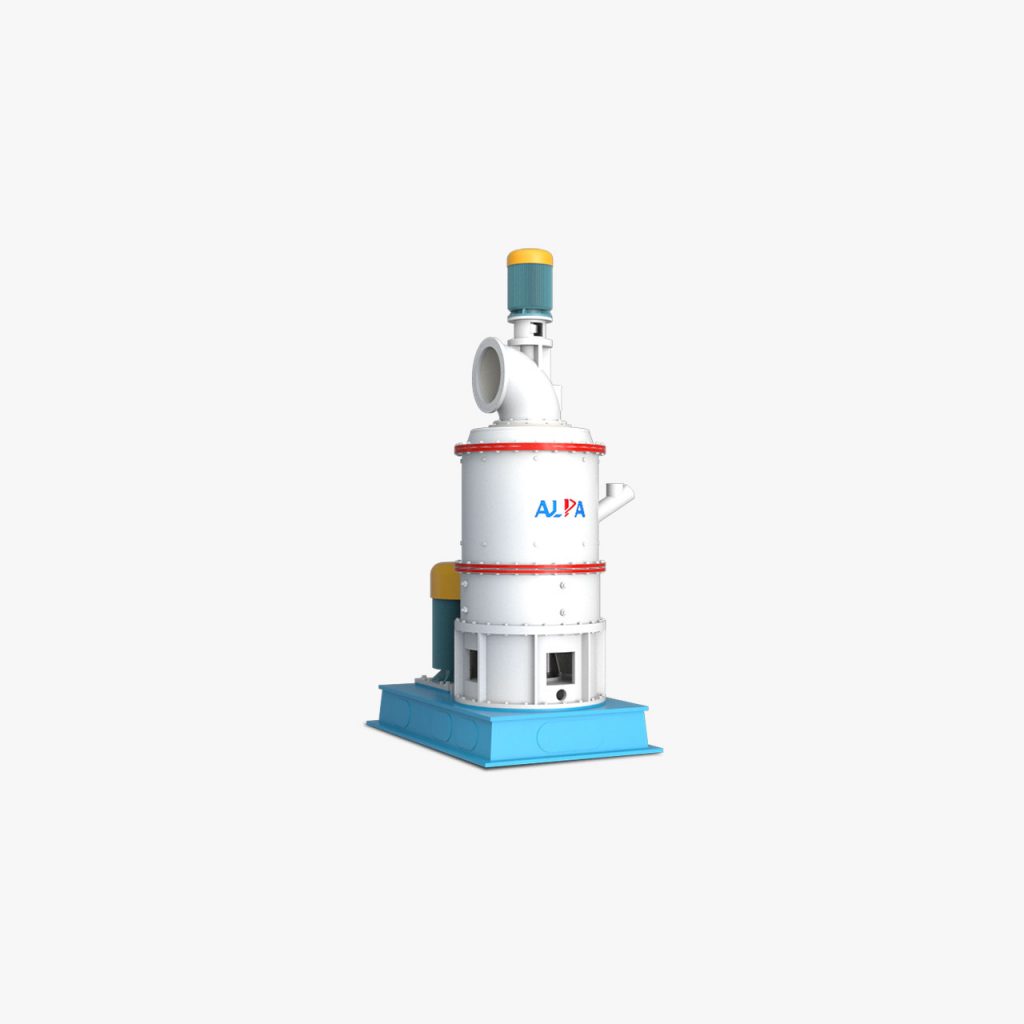
Advantage: The unit crushing energy consumption is low, the unit steel consumption is low, the unit processing capacity is large, and the crushed product has a uniform particle size. Small footprint and high equipment operation rate.
Shortcoming: There will be edge effects, vibration and stuffiness, squeeze roller wear, etc.
High pressure water jet mill
Grinding principle: extrusion, friction Feeding size: <0.5mm Product size d97/μm: ≤45
Advantage: It has strong dissociation, high efficiency, energy saving and low environmental pollution, and can significantly improve the labor environment.
Shortcoming: The high-pressure water jet pulverization technology is still in its infancy, and the main application scope is only a few materials below the medium hardness, and the fineness after pulverization needs to be further improved. At the same time, the high-pressure water jet pulverization equipment has no competitive products.
Sanding machine
Grinding principle: friction, collision, shearing Feeding size: <0.2mm Product size d97/μm: ≤20
Advantage: High production efficiency, strong continuity, low cost and high product fineness.
Shortcoming: Not suitable for high-viscosity materials and requires pre-mixing.
Rotary Ball Mill
Grinding principle: friction, impact Feeding size: <5mm Product size d97/μm: 5~74
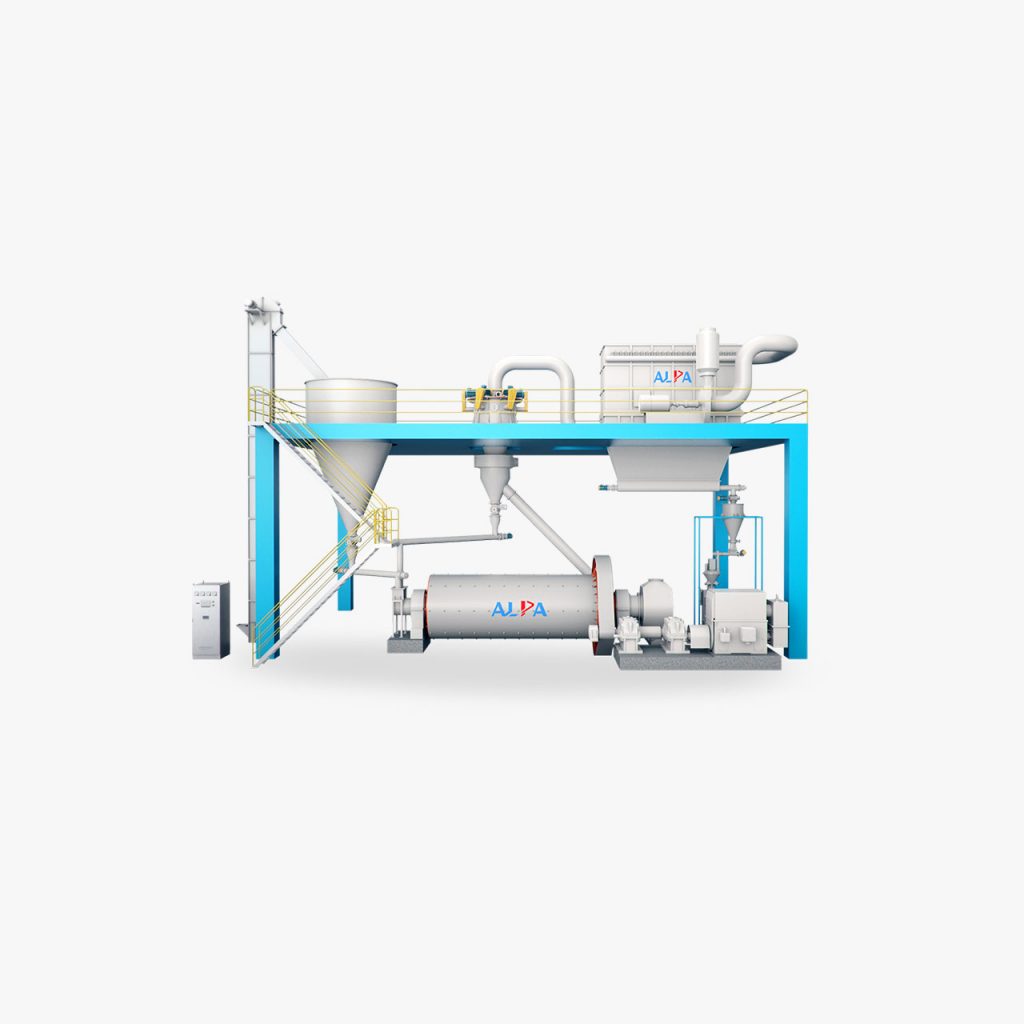
Advantage: It is suitable for a variety of materials, can be produced continuously for a long time, has a large production capacity, can meet the needs of large-scale production, is easy to adjust the fineness of the product, and the maintenance and management are simple and easy to carry out. It has a good sealing device to prevent dust from flying.
Shortcoming: The work efficiency is low, the body is heavy, the configuration is expensive, and the production cost is high.
Cyclone or cyclone flow self-mill
Grinding principle: impact, collision, shear, friction Feeding size: <40mm Product size d97/μm: 10~45
Advantage: Low energy consumption, less auxiliary equipment, easy to realize production; automation, product granularity is relatively stable.
Shortcoming: The liner wears quickly and is difficult to replace, and the hard ores are not easy to handle.
Grinding and peeling machine
Crushing principle: friction, collision, shearing Feeding size: <0.2mm Product size d97/μm: ≤20
Advantage: High output, high stripping efficiency, fine product size, continuous production, and small floor space.
High-pressure homogenizer
Crushing principle: cavitation effect, leakage and shear Feeding particle size: <0.03mm Product particle size d97/μm: 1~10
Advantage: Small footprint, high efficiency, large energy, fast response time, low operating cost













